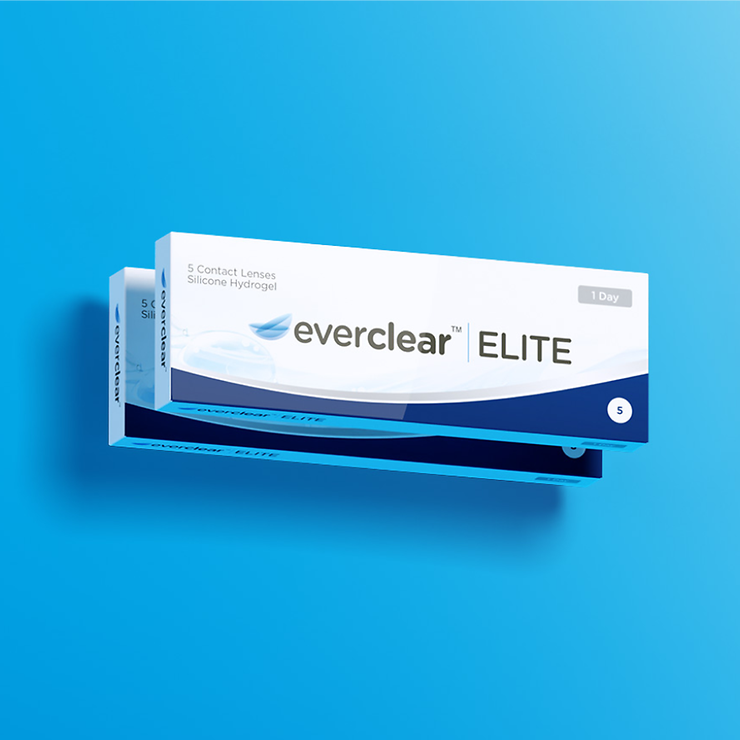AcuvueAir OptixBiofinityClaritiDailieseverclearFreshlookPrecisionProclearSofLensTotalDaily Contact LensesTwo Weekly Contact LensesMonthly Contact LensesExtended Wear Contact LensesContact LensesToric contact lensesColoured Contact LensesMultifocal Contact LensesSilicone Hydrogel LensesExtended Wear Contact LensesDry Eye TreatmentEye DropsEye VitaminsHygiene & Lid CareEye Wash & Sprayseverclear Eye DropsHycosan Extra Eye DropsBlink Intensive Tears BottleBlink Intensive Tears VialsClinitas SootheArtelacBlinkClinitasHycosanPreserVisionSystaneMulti-purposeCleaners & SalinesGas PermeableTravel PacksHydrogen Peroxideeverclear RefreshRenu MPS Multi-Purpose Solution 3 PackBiotrue DuoPackAcuvue Revitalens 2 PackOpti-free PuremoistBostoneverclearOpti-FreeRenuAbout Vision DirectBlogBuyers' GuidesFAQContact usReturns & RefundsDelivery informationUnderstanding your contact lens prescriptionWhat happens during an eye testDry eyesBest contact lenses of 2025: updated rankingContact lenses and make-up: Which goes first? Contact lens beginner tips and tricksFREE everclear ELITE trialFREE everclear ADM trialLens replacementPrice Match PromiseFREE deliveryView All TypesView All Eye Care BrandsView All BrandsView MoreAll Contact LensesClaim NowAll Eye CareAll SolutionsAll Help and NewsSee All Offers
Free delivery for orders €59 and up
Free delivery for orders €59 and up
What is hyperopia?
